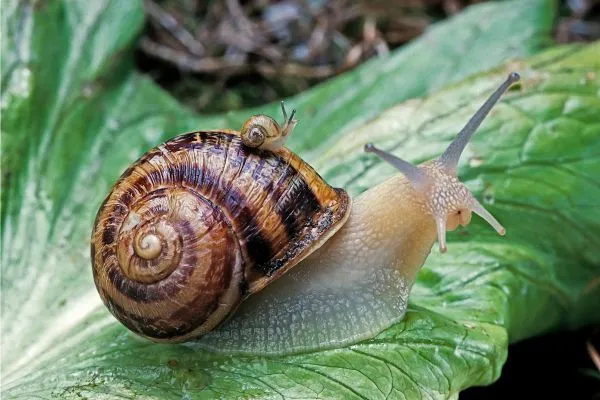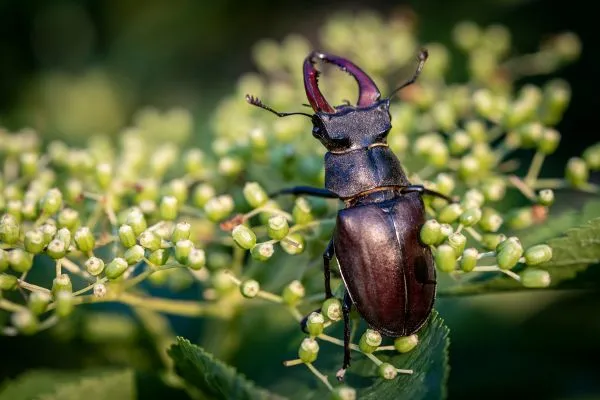From the resilient shells of crustaceans to the delicate yet durable exoskeletons of insects, these natural wonders not only provide protection but also play crucial roles in the survival and behaviour of their owners.

What is an exoskeleton?
From a predator’s point of view, there are three kinds of animal. First, there are those that are soft on the of outside but crunchy on the inside (fish, frogs, cows and humans, for example). Then there are the ones that are crunchy on the outside with a soft centre (snails, beetles and crabs and the like). The third type (worms, jellyfish, slugs) are better slurped than chewed.
What is the difference between an endoskeleton and an exoskeleton
In zoological terms, rather than gastronomic ones, what distinguishes them is whether or not they possess a skeleton, and if they do, whether it’s on the inside (an endoskeleton) or the outside (an exoskeleton). Vertebrates such as ourselves have an endoskeleton; invertebrates, if they have one at all, tend to have an exoskeleton.
What is an exoskeleton made out of?
Exoskeletons come in various forms. There are the chalky shells of molluscs and the ornate silica cases of microscopic planktonic organisms such as radiolarians and diatoms. One could even argue that armadillos, tortoises and other armoured vertebrates possess exoskeletons. But the word is usually used to describe the hard exteriors of arthropods – insects, arachnids, crustaceans, millipedes and centipedes.

The bulk of an arthropod exoskeleton consists of chitin, a complex sugar molecule that is tough yet flexible. It is strengthened with elastic proteins and minerals such as calcium carbonate. The more proteins and minerals, the harder, stiffer and stronger it is, while a higher chitin component provides more flexibility. The result is that the exoskeleton of many arthropods consists of hard plates, called sclerites, connected with more flexible material at the joints and between body segments.
How do arthropods shed its exoskeleton and form a new one?
Unlike vertebrate endoskeletons, arthropod exoskeletons cannot increase in size as an animal matures. Instead, arthropods grow bigger in stages, by intermittently moulting their skeleton and replacing it with a larger one. A shed skeleton often looks like a ghostly facsimile of the animal itself.
Watch the fascinating footage of a Blue crab shedding its exoskeleton
The new exoskeleton, which was formed beneath the old, is soft at first, leaving the animal vulnerable to predators. It hardens as the chitin and protein molecules bind to each other chemically.
Without moulting, it’s unlikely that insects would have been able to evolve the ability to radically transform their body shape throughout their lives – in the case of a butterfly, from caterpillar to pupa to adult.
Meanwhile, it is not entirely accurate to describe worms and other soft-bodied animals as lacking a skeleton. It’s just that theirs is based on liquids rather than solids. A hydrostatic skeleton creates rigidity by means of a fluid-filled balloon- like compartment within the body called a coelom. The muscles work against the pressure of the fluid within to produce the changes of shape required for locomotion. It still doesn’t take much chewing, though.
Find out more
Check out our feature revealing the animal with the strongest skeleton and how to identify a mammal's skull.